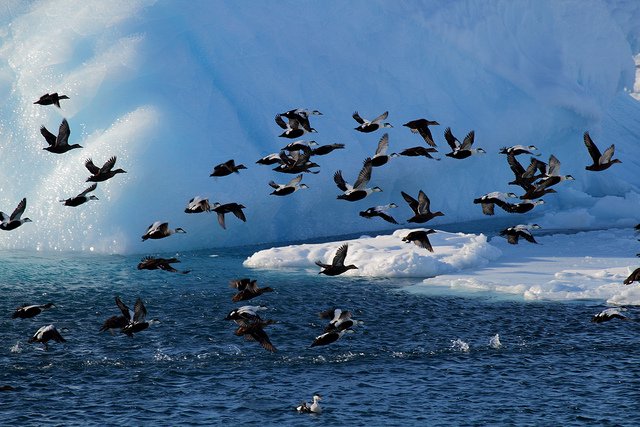
Greenland is the world’s biggest island taking up more than 2,000,000 km2 of the Arctic and Atlantic Oceans. Greenland is a beautiful place with a rich flora and fauna, and the Greenlandic birdlife is especially fascinating. Thankfully, travel writer Mia Petersen has offered us the inside scoop on what makes birding Greenland special.
There is a total of 235 different bird species in Greenland, most of them are migratory birds with approximately 60 species breeding within the land. Some of the most common breeding birds are White-tailed Eagles, Northern Fulmars, Black Guillemots, Common Eiders, Rock Ptarmigans, and Arctic Terns.
Kitsissunnguit Is Greenland’s Bird Sanctuary
One of the best places to get a view of the Greenlandic birds is the archipelago Kitsissunnguit located in the south of Disko Bay. Since Kitsissunnguit has been preserved by law since 1988, the birds live in perfect harmony with nature and birdwatchers get a unique peephole into the birds life in their natural settings. The preservation was primarily set in action due to the archipelago’s intact birdlife and the great amount of breeding Arctic terns living there.
Kitsissunnguit is relatively easy to get to for humans and is only a 12 hour boat trip away from the city Aasiaat.
Greenland’s Birds
One the most common breeding birds of Greenland is the White-tailed Eagle, also called the sea eagle, which primarily lives off cod and char, and more rarely live waterfowl or carrion. The Greenlandic sea eagle is bigger than its relatives in other parts of the world. It lives along the southern part of the west coast all the way to Cape Farewell.
The Arctic Fulmar is a compact and small glider which is often seen flying with stiff wings just above the water surface in both good and bad weather. The Arctic fulmar is a very common bird in Greenlandic waters, especially in the Disko Bay.
The Black Guillemot is the most common breeding bird in Greenland and is often spotted in flight close to the water or near some of Kitsissunnguit’s big Arctic tern colonies.
The eider is the most common bird for hunting and eating, it lives near all of Greenland’s coasts and breeds on small islands such as Kitsissunnguit.
Rock Ptarmigans are Greenland’s only gallinaceas and are found in all types of terrains. The ptarmigan is a popular bird for eating and exist in big numbers in Greenland. The most unique feature about ptarmigans are their coat of feathers that change its colors depending on the season, making it grey in summer and entirely white in winter.
The Arctic tern is one of the most famous types of birds in Greenland due to their big colonies in Kitsissunnguit and in the rest of the country. The Arctic tern is one of the most scrutinized Greenlandic birds and was especially studied in 20022006. Greenlands Institute of Natural Resources primarily conducted their fieldwork in Disko Bay with a special focus on the Arctic terns in Kitsissunnguit.
The Arctic Tern in Detail
An Arctic tern is a rather small and elegant bird. It is 33-39 cm in length and has a wingspan of 66-67 cm and can become as old as 30 years. The only difference between the different sexes is that the male terns has slightly longer tail feathers than the females. The terns live in colonies, and when born they have brownish or greyish down, which in their older years are replaced by a black forehead and brownish markings on their otherwise white feathers. Arctic terns start breeding at the age of two, and breeding couples arrive at Kitsissunnguit and similar places around May and June before they fly south for the winter. The Arctic terns are very enduring and have the longest bird migration from their way across the Atlantic Sea to western Europe and along the west coast of Africa to the Antarctic waters.
When the Arctic terns arrive at Greenland’s coats, they start building their nests directly on the sandy beaches or in dense vegetation close to water. When their nests are ready the birds lay two eggs, and in rare occasions only one or three. The eggs are hatched in 21 days and even though the chicks leave the nest after a couple of days, they remain close to their place of birth. It takes another 21 days before the young birds can fly and from then they’re considered as adult birds.
The Arctic terns prefer to eat small fish, fish fry and small crustaceans caught in the water surface of nearby oceans and lakes. Especially capelins are the Arctic tern’s favorite food, making the birds rather dependent on the nearby fish population.
The Arctic tern is a rather social bird and they’re great at protecting each other in their colonies. Due to their great protectiveness against dangers such as gulls, arctic skuas, ravens, falcons, foxes and humans, a lot of other bird species reside just outside the Arctic terns colonies. A colony can contain everything from a few couples of mating birds to 20,000 couples, and it is estimated that there’s as many as 65,000 mating couples in the heavy mating years.
About Visit Greenland
Visit Greenland is Greenland’s national tourist council owned by the Greenland Home Rule Government. Their mission is to spread knowledge about all the adventures and extraordinary experiences Greenland has to offer: http://www.greenland.com

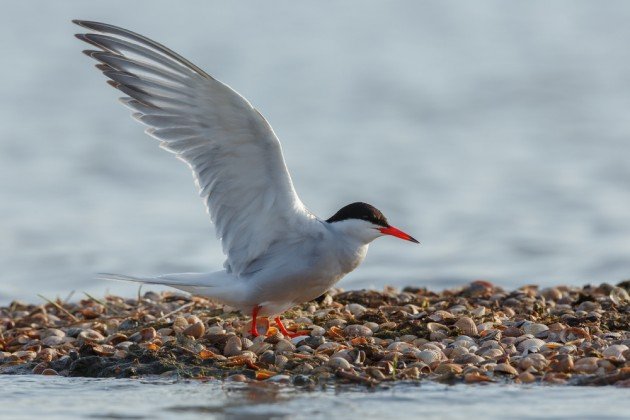
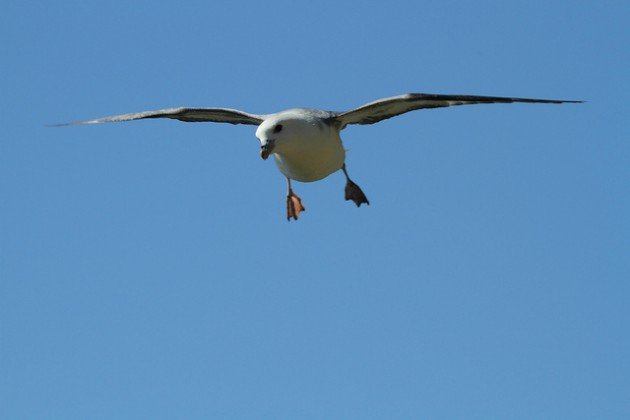
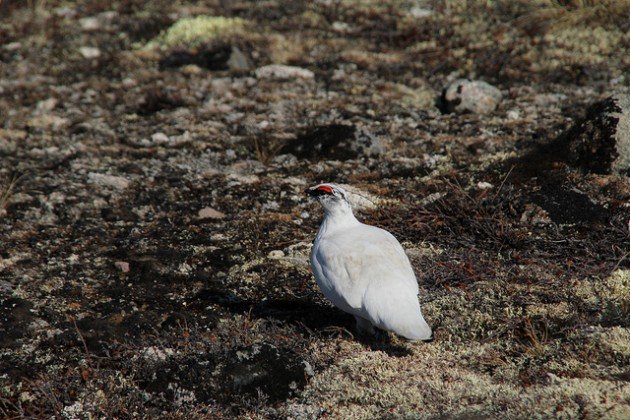
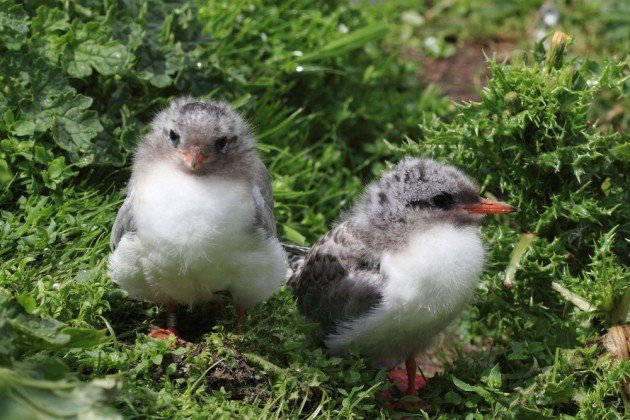
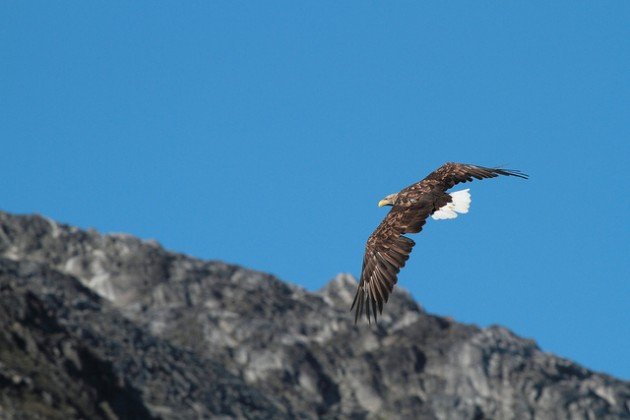










Leave a Comment